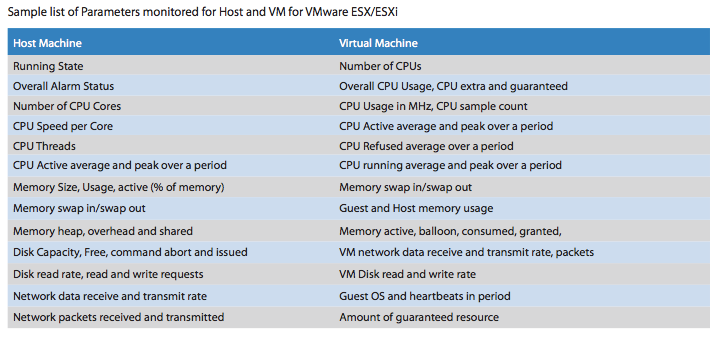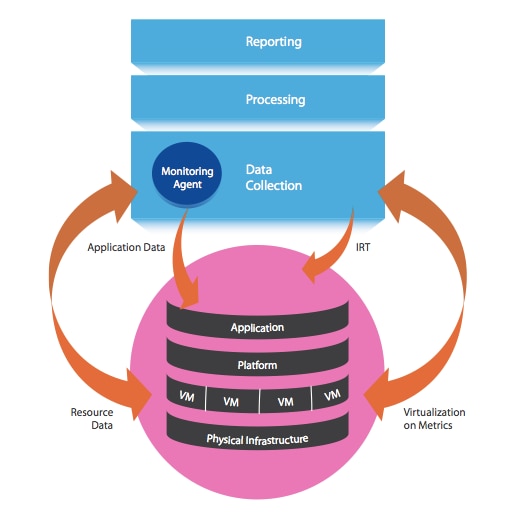A perfect performance, fast page response, and 100% uptime is crucial for online businesses. And what about vendors opting for a cloud computing strategy? Monitoring cloud performance means measuring the level of service that the customer is acquiring from the entire cloud environment, usually from a cloud service provider, and measuring how well a service the provider is offering. To understand how all of the components (back end, front end) are attributing to utilize the full potential of such remote IT infrastructure, for both end user and a service provider.
Cloud performance management should thus both be performed by the service provider as well as the cloud consumer (companies, organizations, commerces), and they will differ in reporting.
Book a demo today to see GlobalDots is action.
Optimize cloud costs, control spend, and automate for deeper insights and efficiency.

Infrastructure Performance
Infrastructure performance implies monitoring all of the components in the cloud such as virtual machines, network, storage. Such report is mainly taken by the service providers.
Infrastructure Response Time (IRT) is calculated to find out how long it takes for a virtual infrastructure to complete a single request from an application to a workload environment.
Topologies of applications need to be identified, as well as virtual and physical resources used by the application. This needs to be done continuously as the new applications and new infrastructure elements are added. Data about physical as well as virtual machines is constantly collected.
CPU usage is measured, across all CPUs, per CPUs and between CPUs. Also, disk usage, disk latency, percentage of used memory, data throughput and bandwidth, and related parameters. Below is an example of parameters monitored for host and virtual machines for VMware ESX/ESXi (source: infosys.com).

Application Performance
Cloud consumers will mainly be interested in how the front-end applications used for their business will be performing. Applications hosted in the cloud, unlike server applications, move around, i.e. switch locations, and need to be constantly monitored, tracked and mapped.
Application Response Time (ART) is calculated to find out the time needed for the application to respond to various user requests. Cloud consumers will ideally opt for a monitoring performance tool already built into the application.

It is important for cloud consumers to determine the level of transparency that the Application Monitoring tool is offering, as this will, subsequently, influence the validity of their reporting. Some tools will involve predictive components – warning the administrator about the problems that may occur, and prescriptive components – which will automate the solution.
Moving your system to the cloud is not enough without adequate monitoring, and cloud performance management strategy will be critical for vendors entering the cloud computing market. Many cloud monitoring tools can be acquired from third parties, and it is best to use more of them in a combo. Hiring professional cloud monitoring managers, however, will become more of a necessity than an option, for the advantageous cloud consumers and company CEOs.






